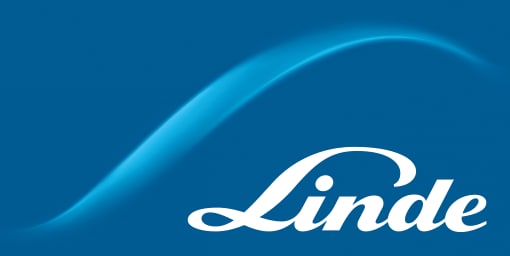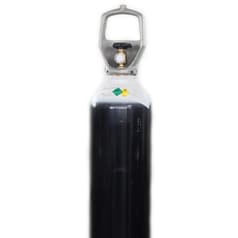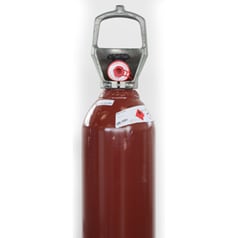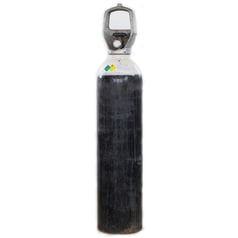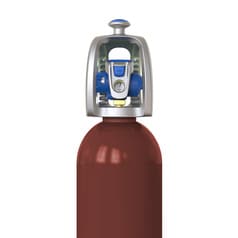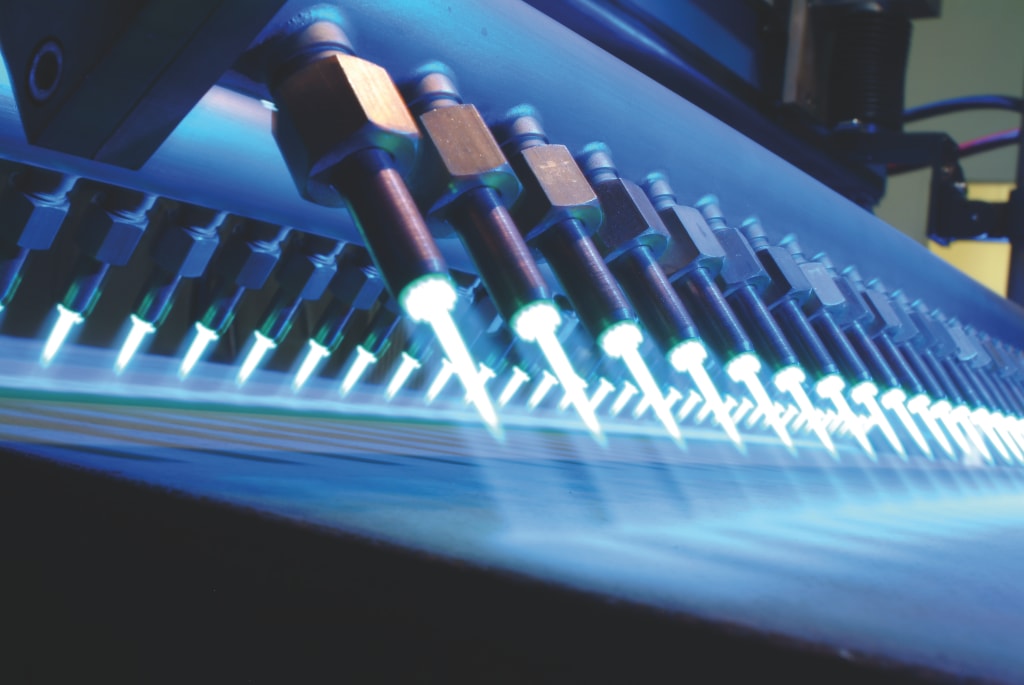
A variety of techniques to enhance quality and productivity
Our experts are among the most knowledgeable in the world when it comes to gas-enabled applications. Here you will find a wealth of information on the process innovations and application expertise.
The main heating processes are following:
Preheating – certain materials must be preheated before welding to avoid hardening cracks. After welding, stress
relief heat treatment may be necessary in order to reduce welding stress.
Flame straightening – this technique is employed to change or restore the shape of parts that have been distorted.
When a defined section is heated beyond its yield limit and the surrounding prevent expansion, plastic deformation
will occur. Once cooled, the material will shrink in size. A skilled operator can heat isolated spots to
straighten the deformation.
Melting – this involves soldering, brazing and fusing of sprayed coatings as well as flame welding.
Forming – the part to be formed is heated locally. An external force is then applied to form the part. For
example, necking out pipe branch stubs.
Shrink fitting – to achieve a change in size used for shrink fitting to securely fit shafts/bearings. Liquid
nitrogen can be used for cooling (shrinking) and an oxy-acetylene flame for heating (expanding).
Stress relief heat treatment – this may be necessary after welding.
Metal structure changes – this involves flame-hardening.
Our Oxyfuel-based solutions are designed to help you achieve the same process results with less fuel consumption,
reduced harmful emissions and even increased process capacity.
For existing furnaces with unchanged staffing, REBOX® oxyfuel offers efficient solutions providing increased
production capacity and flexibility, decreased fuel costs and lowered emissions of carbon dioxide, NOx and SOx.
REBOX has also been successfully applied in new furnaces.
REBOX offers more capacity with less emission to any new or existing furnace by: Throughput (t/h) increased up to
50%; Fuel savings up to 50% Corresponding to a 50% reduction of CO2.
Low-temperature oxyfuel combustion technology is uniquely designed for the challenges that exists within the aluminium industry to boost capacity, with uniform furnace temperatures to avoid hot spots, reduce fuel consumption, improve yields and reduce emissions. The combustion occurs under a diluted oxygen concentration by mixing the furnace gases into the combustion zone. This slows down the oxyfuel combustion reactions and results in lower flame temperatures, comparable to those of airfuel technology, which are below the point at which thermal NOx is created.
The mixing of furnace gases into the flame also disperses the energy throughout the entire furnace for uniform heating and more efficient melting. The dispersed flame contains the same amount of energy but with a much more effective distribution. The overall result is more homogenous heating and melting, enabling not only a higher power input and thus higher melt rates, but also reduced formation of dross and NOx emissions.
Flameless oxyfuel combustion technology is uniquely designed to boost capacity, reduce fuel consumption, improve
temperature uniformity and lowering emissions. The combustion occurs under a diluted oxygen concentration as flue
gases are mixed into the combustion zone. This slows down the oxyfuel combustion reactions and results in lower
flame temperatures, which are below the point at which thermal NOx is created. The overall result is a more
homogenous heating, a further decreased fuel consumption, and reduced emission of NOX emissions.
Customer benefits:
Up to 55% reduction of fuel consumption and CO2 emissions 25% shorter heating cycle for ladles.
Flameless oxyfuel promotes a more uniform heating to further extend refractory lining life.
Flameless oxyfuel effectively lowers NOx emissions.
Compact, simple and powerful oxyfuel installation, easy to fit on any vessel.
A hotter ladle allows for lower metal tapping temperature saving energy, refractory lining and reducing number of
rejections (returns due to too low metal temperature).
A faster heating, which could reduce the number of ladles in circulation.
Hotter and uniformly heated vessel for improved cast product quality.
Polishing and fusing enhance the surface quality of glass. Flames from our special burners impinge the glass directly to remelt a thin surface layer. Polishing can be used to eliminate or reduce the need for etching, thus reducing the environmental impact and paving the way for a cleaner, safer working environment. Benefits of pre-mixed burners Pre-mixed burners are more efficient than post-mixed burners. In addition, technologies based on hydrogen/oxygen are more efficient than those using natural gas/oxygen or propane/oxygen. Our pre-mixed technology with oxygen and hydrogen is the solution of choice for high-end processes where speed, quality and efficiency are critical.
The variety of ways to increase combustion efficiency when melting glass include oxygen enrichment, oxygen lancing, oxyfuel boosting, all oxyfuel. Using oxygen instead of air in combustion processes eliminates nitrogen and increases flame temperatures. Oxyfuel solutions also raise the concentration of CO2 and H2O in the vicinity of the flame. And since these gases are mainly responsible for thermal radiation, they make gas jets more efficient. Deployed correctly, burners help control heat input more accurately, improve glass circulation and enhance batch melting. We offer a range of burners tailored to individual applications.
- LINDOFLAMM flame solutions for heating
- Heating furnaces – REBOX® oxyfuel
- Aluminium melting
- Ladle heating
- Glass forming and processing
- Glass melting
Heating of metal fabrication - LINDOFLAMM flame solutions for heating
The main heating processes are
following:
Preheating – certain materials must be
preheated before welding to avoid hardening cracks. After welding, stress relief heat treatment may be
necessary in order to reduce welding stress.
Flame straightening – this technique is
employed to change or restore the shape of parts that have been distorted. When a defined section is
heated beyond its yield limit and the surrounding prevent expansion, plastic deformation will occur.
Once cooled, the material will shrink in size. A skilled operator can heat isolated spots to straighten
the deformation.
Melting – this involves soldering, brazing and fusing of sprayed
coatings as well as flame welding.
Forming – the part to be formed is heated
locally. An external force is then applied to form the part. For example, necking out pipe branch
stubs.
Shrink fitting – to achieve a change in size used for shrink fitting to
securely fit shafts/bearings. Liquid nitrogen can be used for cooling (shrinking) and an oxy-acetylene
flame for heating (expanding).
Stress relief heat treatment – this may be necessary
after welding.
Metal structure changes – this involves flame-hardening.
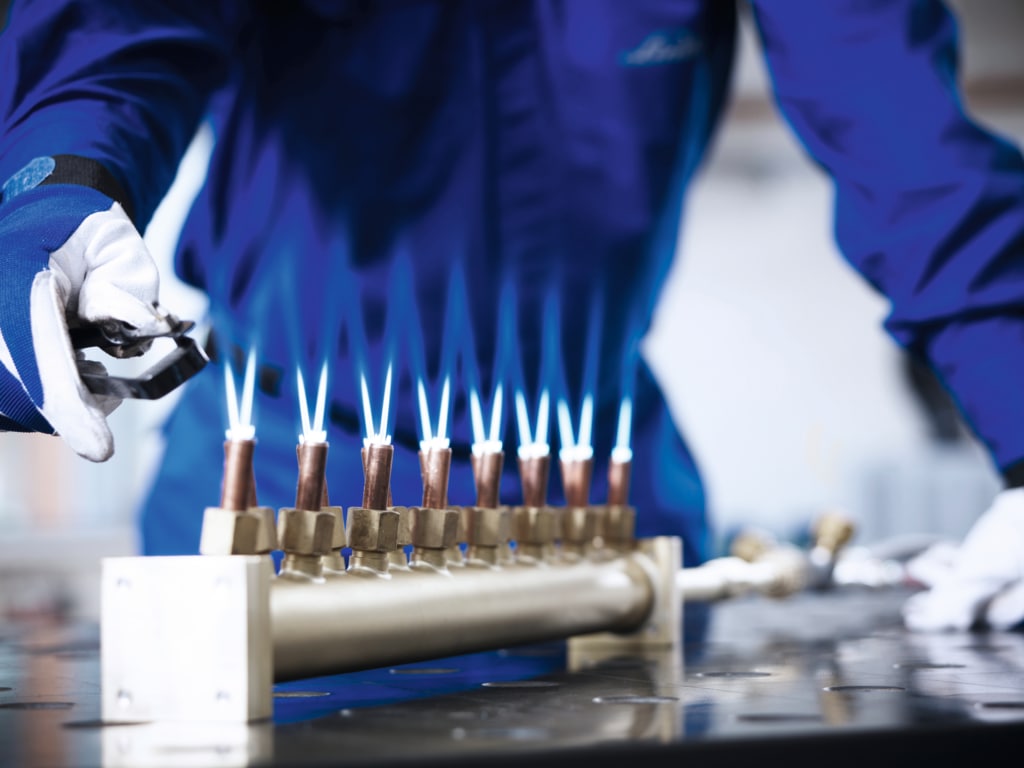
LINDOFLAMM® flame solutions – tailored solutions for every heating application
The LINDOFLAMM® programme is the result of over 100 years of experience with our
customers. We are therefore able to meet any demand and can provide you with complete solutions, including
the right gas and equipment, comprehensive services, continuous gas supply and extensive process
know-how.
Our portfolio includes manually guided as well as mechanised burners. Manually guided special burners differ
from off-the-shelf models as both their shape and capacity are modified for the purpose at hand. The burners
are usually gas-cooled.
Read more →
Buy products here
 Downloads
Downloads
| Safety datasheets | Product datasheets & brochures |
|---|---|

